Find A Verified Clinic
Trusted Chemical Peels Experts, Local to You
Easily connect with qualified, verified professionals for safe, reliable treatment.


Harley Street Clinic Reigate
16 Bell St, Reigate, RH2 7BG
~1.3 miles away
Harley Street Clinic Reigate Accreditations:

The Beauty Doctors
5 Tillingdown Lane, Caterham, CR3 6RU
~5.2 miles away
The Beauty Doctors Accreditations:
Sk1n Aesthetics Clinic
Yew Cottage, Park Road, Banstead Village, SM7 3BY
~5.8 miles away
Sk1n Aesthetics Clinic Accreditations:
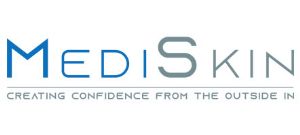
Mediskin Aesthetics
4 The Grange, Westerham, TN16 1AH
~7.1 miles away
Mediskin Aesthetics Accreditations:
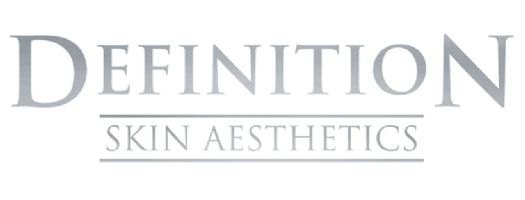
Definition Skin Aesthetics
7 High Street, Cheam, Sutton, SM3 8RQ
~8.4 miles away
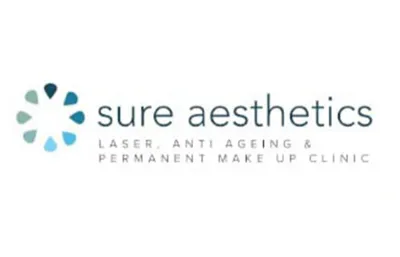
Sure Aesthetics
Horsham Road, Capel, Dorking, Surrey, RH5 5JW
~9.9 miles away
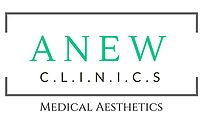
The Smile Gallery
36 St James Road, East Grinstead, RH19 1DL
~10.4 miles away
The Smile Gallery Accreditations:

Dr Mark Holmes
The Mcindoe Centre, Holyte Rd., East Grinstead, RH19 3EB
~10.4 miles away
Dr Mark Holmes Accreditations:

The Retreatery
2a High Street, East Grinstead, West Sussex, RH19 3AW
~10.7 miles away
The Retreatery Accreditations:

Brigstock Skin and Laser
83 Brigstock Road, Thornton Heath, Croydon, CR7 7JH
~11.3 miles away
Brigstock Skin and Laser Accreditations:

The Nimmo Clinic
32 Anyards Road, Cobham, KT11 2LA
~11.8 miles away
The Nimmo Clinic Accreditations:
The Norup Clinic
Williamson House, Claremont Lane, Esher, KT10 9DA
~12.2 miles away
The Norup Clinic Accreditations:

Eternal Clinic
12b York Rd, Off Queens Road, Weybridge, KT13 9DT (Use KT13 9EL in your satnav)
~14.8 miles away
Eternal Clinic Accreditations:
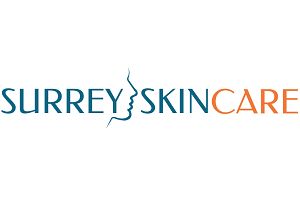
Surrey Skincare
West Byfleet Health Centre (2nd Floor, Purple Area), Madeira Road, West Byfleet, KT14 6DH
~15.8 miles away
Surrey Skincare Accreditations:

TLC Studio Limited
5 Pound Lane, Sevenoaks, TN13 3TB
~16.1 miles away
TLC Studio Limited Accreditations:
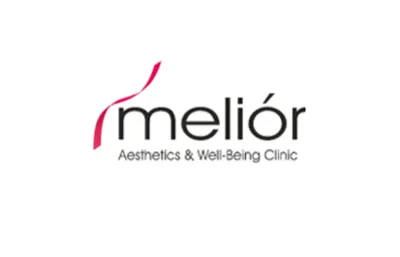
Melior Clinics Sevenoaks
47 Dartford Road, Sevenoaks, TN13 3TE
~16.2 miles away
Melior Clinics Sevenoaks Accreditations:

Jaye Bird Aesthetics
4 Hermitage Road, St Johns, Woking, GU21 8TB
~17.2 miles away
Jaye Bird Aesthetics Accreditations:
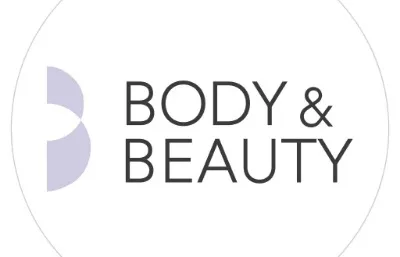
Body and Beauty Studio
86 Maybury Road, Woking, GU21 5JH
~17.2 miles away
Body and Beauty Studio Accreditations:

Absolute Aesthetics Guildford
1 Stirling House, Stirling Road, Guildford, GU2 7RF
~18.9 miles away
Absolute Aesthetics Guildford Accreditations:

Stradbrook Skin
17 To 19 Lyons Crescent, Tonbridge, TN9 1EX
~19.8 miles away
Stradbrook Skin Accreditations:
Explore Clinics Near You on the Map
See exactly where verified Chemical Peels clinics are located across Redhill.
Zoom in, pan around, and click any marker to view each clinic’s profile, read reviews, and check their credentials before you book.

Your Chemical Peels Questions
Real Questions from Real People, Answered
Straightforward answers to the questions people like you are asking right now about Chemical Peels.

Age?
Hi, I would like to know the age you have to be to get this treatment
I would like to book a consultation
I would like to know more regarding this peel (Phenol Peels). I have some scars i would like to reduce on my face.
To view all the Chemical Peels questions, please click here.
Or click here to ask your own question.
Stay Informed with the Latest Aesthetic News & Offers
Join our free newsletter to receive updates on the latest treatments, safety guidance, and exclusive clinic offers near you.
No spam, just expert insights and trusted advice from the UK’s leading aesthetics directory.

